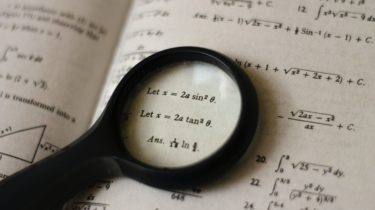Command Line Arguments for Your Python Script
Working on a machine learning project means we need to experiment. Having a way to configure your script easily will help you move faster. In Python, we have a way to adapt the code from a command line. In this tutorial, we are going to see how we can leverage the command line arguments to a Python script to help you work better in your machine learning project. After finishing this tutorial, you will learn Why we would like to […]
Read more








